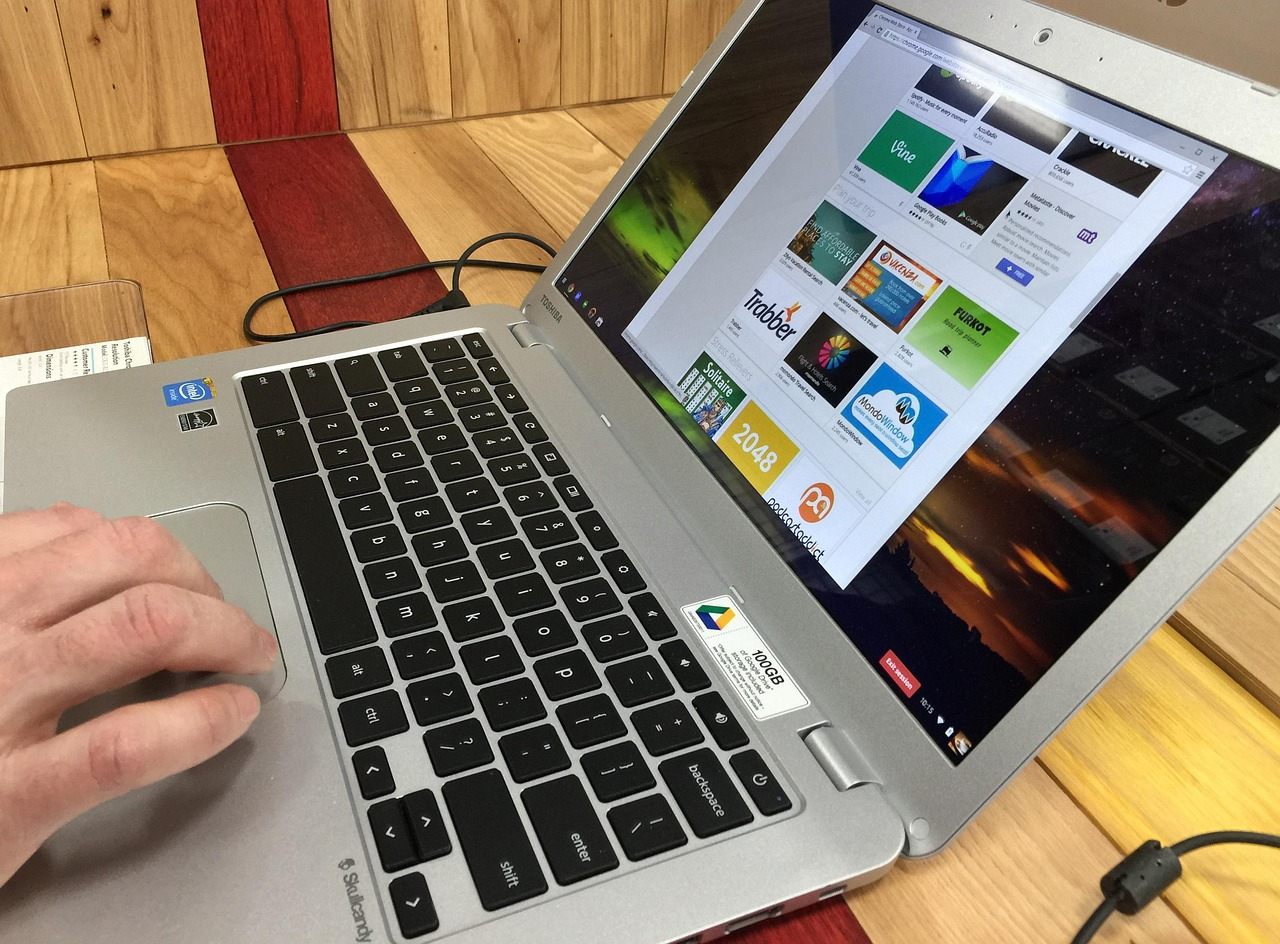
In a world where managing money is more important than ever, having the right tools at your fingertips can make all the difference. Whether you’re a student tracking expenses, a freelancer juggling income sources, or just trying to get a grip on monthly spending, your Chromebook can be your financial control center.
Thanks to lightweight, cloud-based tools, it’s easier than ever to budget smartly—no heavy software required.
And while some may turn to high-stakes options like Pinco in hopes of big financial gains, the foundation of any stable financial life is a well-maintained budget. That’s why these 5 budgeting apps are worth checking out if you want to keep your money in check using a Chromebook.
1. Mint: Best All-Around Budgeting Tool
Best for: Automated spending tracking, budgeting, and alerts
Mint by Intuit remains one of the most widely-used budgeting apps because it’s intuitive, free, and works flawlessly on any browser, including ChromeOS. It connects to your bank accounts, credit cards, and even investments to give you a complete view of your financial picture.
You can set up budgets for different categories (food, rent, shopping), receive alerts when you overspend, and monitor your credit score, all in one place. For Chromebook users, Mint is fast, cloud-based, and doesn’t require installation.
Pros:
✔ Automatic transaction import
✔ Customizable categories
✔ User-friendly dashboard
Cons:
✘ Ads can be intrusive
✘ Limited offline features
2. Goodbudget: Best for Envelope Budgeting
Best for: Manual budgeting and expense tracking
If you’re into the envelope method—where you assign a specific amount of money to categories and stop spending when they’re empty—Goodbudget is your go-to app. It doesn’t link to your bank account (great for privacy), so everything is manually added.
This method helps you be more intentional with spending. And the clean interface makes it enjoyable, especially if you’re budgeting as a couple or household.
Pros:
✔ Great for shared finances
✔ Simple, clean UI
✔ Strong web and mobile sync
Cons:
✘ Manual input can be time-consuming
✘ Lacks deep analytics
3. Google Sheets: Best for Custom Budgets
Best for: DIY budget creation with full control
Google Sheets is already built into every Chromebook and offers unparalleled flexibility. Whether you use a template (Google’s Monthly Budget Template is solid) or build your own, it’s perfect for users who like to customize their budget to the last detail.
You can track income, expenses, savings goals, debts—anything you want. With some basic formulas, charts, and creativity, you can turn Sheets into a powerful budgeting machine.
Pros:
✔ Completely free and customizable
✔ Works offline and online
✔ No ads or limitations
Cons:
✘ Manual entry
✘ No automatic bank syncing
✘ Learning curve for beginners
4. EveryDollar: Best for Zero-Based Budgeting
Best for: Simple, monthly zero-based budgeting
Built on Dave Ramsey’s financial principles, EveryDollar is a great choice if you want to tell every dollar where to go. With its clean layout, you simply enter your income and allocate it to specific categories until you hit zero.
The free version is all manual, but extremely simple to use—perfect for Chromebook users who want something straightforward. The paid version offers bank syncing, but many people never need it.
Pros:
✔ Simple and clean layout
✔ Encourages intentional budgeting
✔ Web-based for easy Chromebook access
Cons:
✘ Premium version required for automation
✘ Limited analytics tools
5. PocketSmith (Free Plan): Best for Forecasting
Best for: Budget forecasting and future planning
While PocketSmith is mostly a paid service, it does offer a solid free version that works great on Chromebooks.
Unlike many budget apps that only show you what you’ve spent, PocketSmith helps you forecast your future spending, which is perfect if you’re planning for big life changes—like moving, starting school, or freelancing.
With a calendar-based approach, you can visualize your budget weeks or months ahead and adjust accordingly.
Pros:
✔ Budget forecasting
✔ Great long-term planning tool
✔ Beautiful interface
Cons:
✘ Free plan is limited to two accounts
✘ Premium features are pricey
Final Thoughts: Find What Works for You
There’s no one-size-fits-all solution when it comes to budgeting, but luckily, Chromebooks offer a wide range of tools to help you stay financially organized.
Whether you prefer hands-on control with Google Sheets or automated tracking with Mint, the right app can simplify your money management and help you build smarter habits.
Explore a few options, see what fits your lifestyle, and stay consistent. With the right budgeting tool on your Chromebook, you’re well on your way to financial clarity and control.

